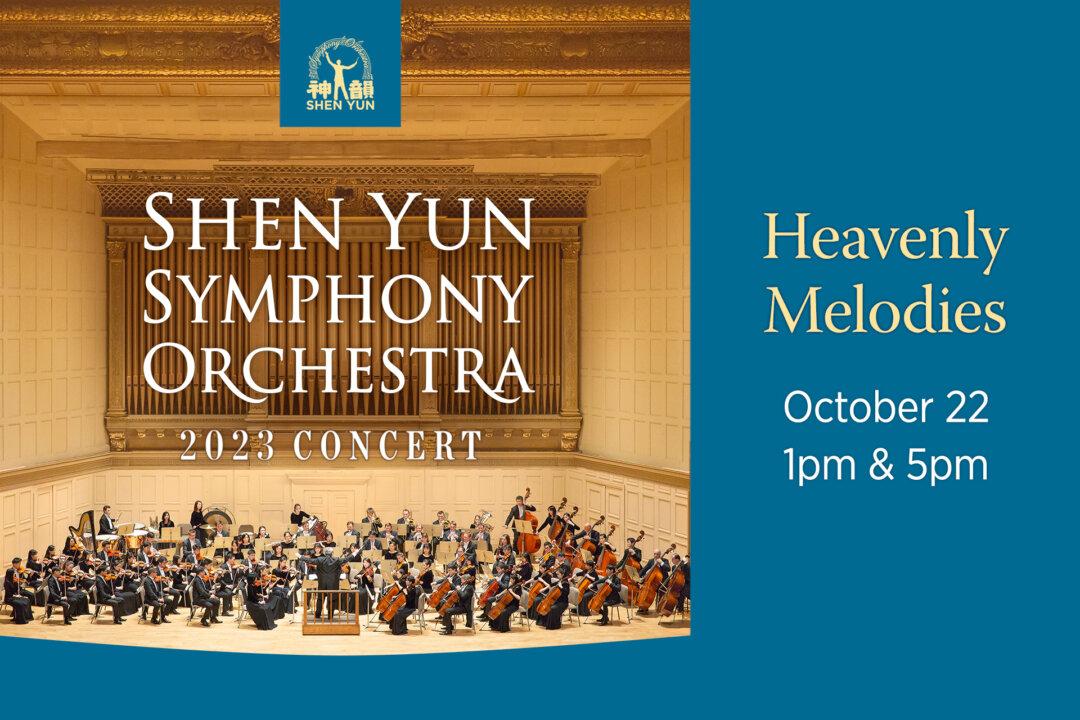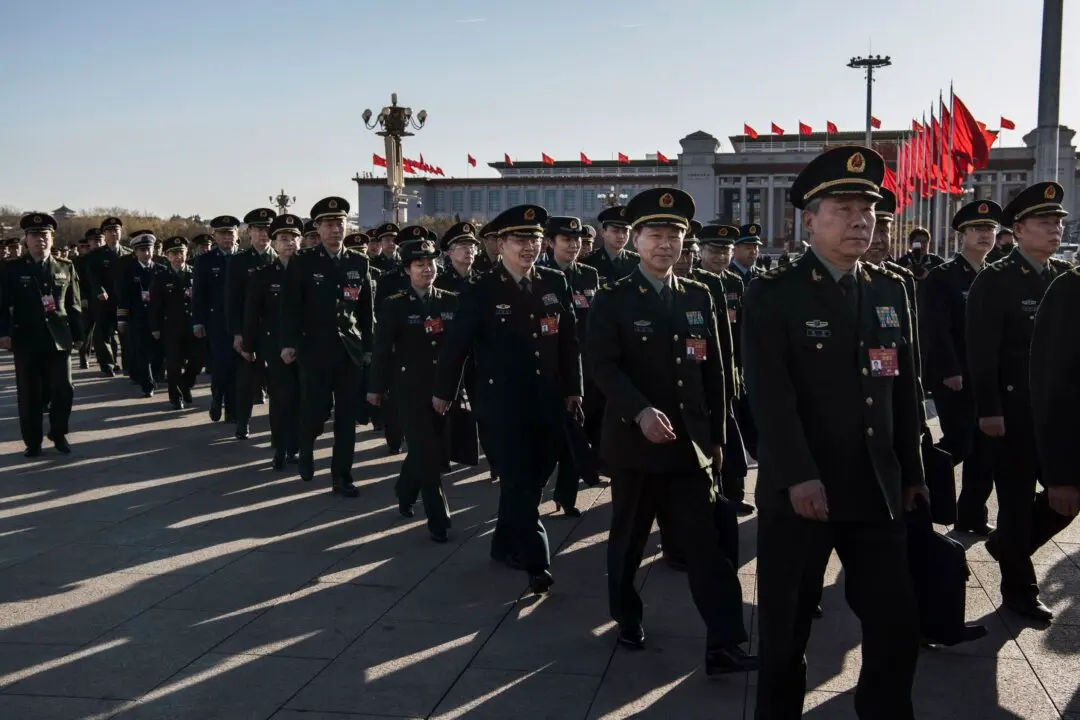After a three-year absence, Shen Yun Symphony Orchestra (SYSO) is returning to the stage with just one day of concerts on Oct. 22 at Lincoln Center in New York.
The orchestra is the first and only ensemble in the world that permanently combines ancient Chinese instruments with a classical Western orchestra.






